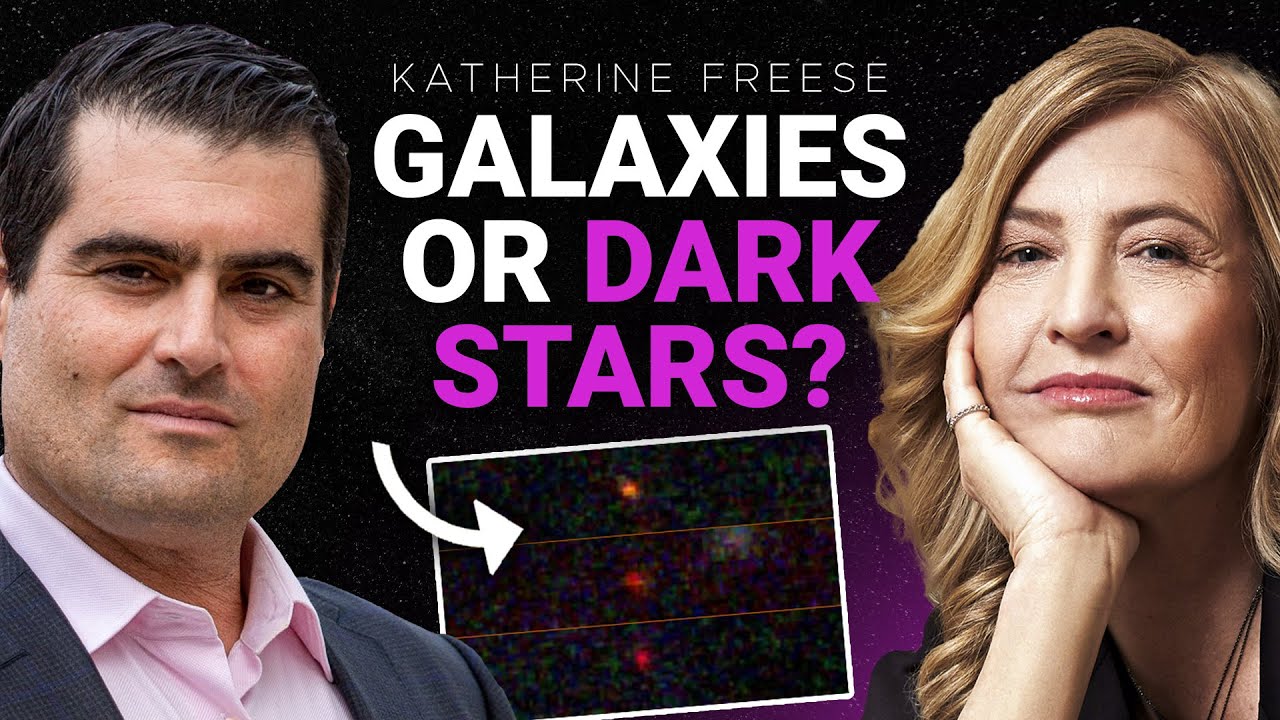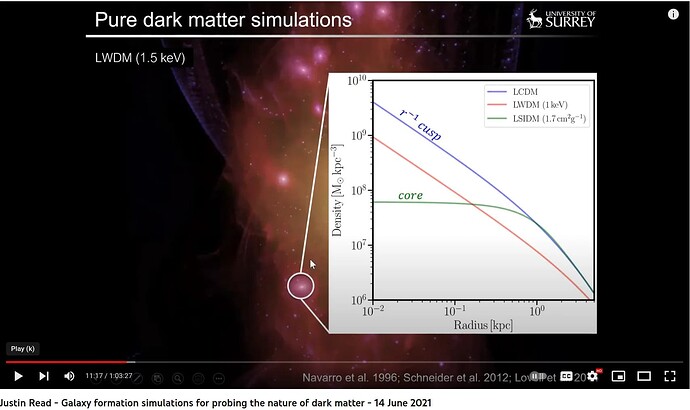Astronomers have long hypothesised that the first stars that formed after the Big Bang were a type they rather confusingly named “Population III” (with the “III” indicating only that they were the third stellar population named). Since the Big Bang produced only hydrogen and helium (plus trace quantities of deuterium and lithium), these first stars would have been composed only of these elements, and the dynamics of stellar formation in the absence of heavy elements (in particular, carbon) would have allowed them to be extremely massive, hundreds of solar masses, with correspondingly short lives (2 to 5 million years), after which they would explode as supernovæ and enrich the interstellar medium with heavy elements fused in their interiors, from which the next generation (“Population II”) stars would form. So far, there has not been an unambiguous observation of a Population III star—that is one of the goals of the James Webb Space Telescope’s (JWST) observations of the early universe. See the 2023-02-06 post, “Has the James Webb Space Telescope Spotted Population III Stars?” for a possible detection of these objects.
The theory of Population III stars was developed before observational evidence suggested the universe contained some form of dark matter with mass much larger than the conventional matter from which stars and everything else visible are composed. In 2007, Katherine Freese and co-authors published a paper, “Dark matter and the first stars: a new phase of stellar evolution” (full text at link), which considered the effect dark matter may have had on formation of the first stars in the early universe. Here is the abstract.
A mechanism is identified whereby dark matter (DM) in protostellar halos dramatically alters the current theoretical framework for the formation of the first stars. Heat from neutralino DM annihilation is shown to overwhelm any cooling mechanism, consequently impeding the star formation process and possibly leading to a new stellar phase. A "dark star’’ may result: a giant (≳1 AU) hydrogen-helium star powered by DM annihilation instead of nuclear fusion. Observational consequences are discussed.
This argued that in a hot and dense early universe dominated by dark matter, if it was in a form where energy could be released by particle-antiparticle annihilation, it would allow the formation of enormous “dark stars” with radii as large as 960 astronomical units, masses up to a million times that of the Sun, and the luminosity (in deep infrared) of billions of Suns. The heat generated by annihilation of dark matter would be sufficient to keep these “stars” from gravitationally collapsing to a density where nuclear fusion could begin.
The dark star hypothesis was intriguing, but with no observational evidence for the existence of such objects at hand, remained one of many speculations about the nature of the early universe. In April 2023, Freese and two co-authors published, “Supermassive Dark Star candidates seen by JWST?” (full text at link), which suggested that three luminous objects observed by the JWST at extreme redshifts are consistent with the expectations for dark stars. This is the abstract:
The first generation of stars in the Universe is yet to be observed. There are two leading theories for those objects that mark the beginning of the cosmic dawn: hydrogen burning Population~III stars and Dark Stars, made of hydrogen and helium but powered by Dark Matter heating. The latter can grow to become supermassive (M_\star\sim 10^6M_\odot) and extremely bright (L\sim10^9L_\odot). We show that each of the following three objects: JADES-GS-z13-0, JADES-GS-z12-0, and JADES-GS-z11-0 (at redshifts z∈[11,14]) are consistent with a Supermassive Dark Star interpretation, thus identifying, for the first time, Dark Star candidates.
The discussion of dark stars and the observational evidence begins at the 29 minute mark in the video.

